Also known as fabric conditioner, fabric softener is an additive mixed with water for washing clothes. It is made of ingredients that stick to the clothes and make them feel soft when you touch them. Additionally, it saves your clothes from wear, pilling, fuzz, shedding of fabric, and fading.
Although it will depend on the fabric softener you use, this substance is not necessary as its disadvantages outweigh the advantages. Fabric softener is made of harmful chemicals that can affect your health and comes with a lubricating coating that remains behind. In the long run, this can damage your clothes, washing machine, and dryer.
However, it works well to keep clothes supple and wrinkle-free. Additionally, it lessens friction between fibers, which reduces static cling and protects your clothing from abrasion, extending its lifespan compared to if you didn’t use it.
Types of Fabric Softener
Despite the fact that we’re concentrating on liquid fabric softeners, dryer sheets and dryer balls are two other options. On laundry day, these three forms of fabric softener play similar duties despite having quite different looks.
Liquid Fabric Softener
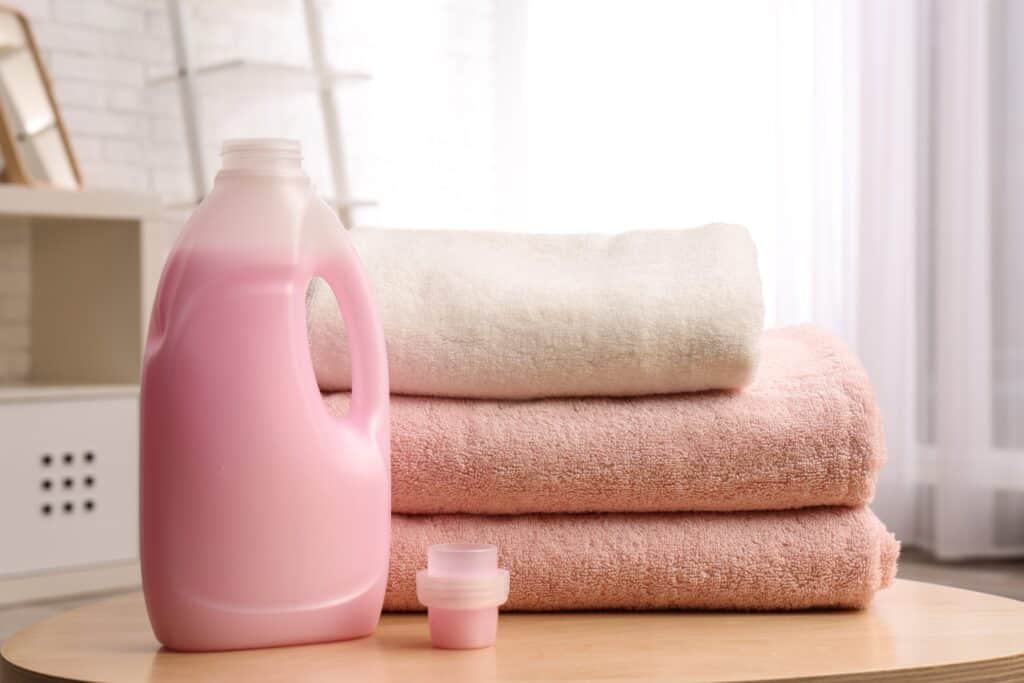
To get rid of smells and soften clothing, use liquid fabric softener. During the rinse cycle, a liquid fabric softener is introduced, and it might lessen static and wrinkles.
It is the priciest of the three and frequently contains chemicals that can irritate your skin.
The liquid softener also leaves a buildup on clothing. It poses a greater fire risk as a result than the other two varieties, according to the US Consumers Union.
Dryer Sheets
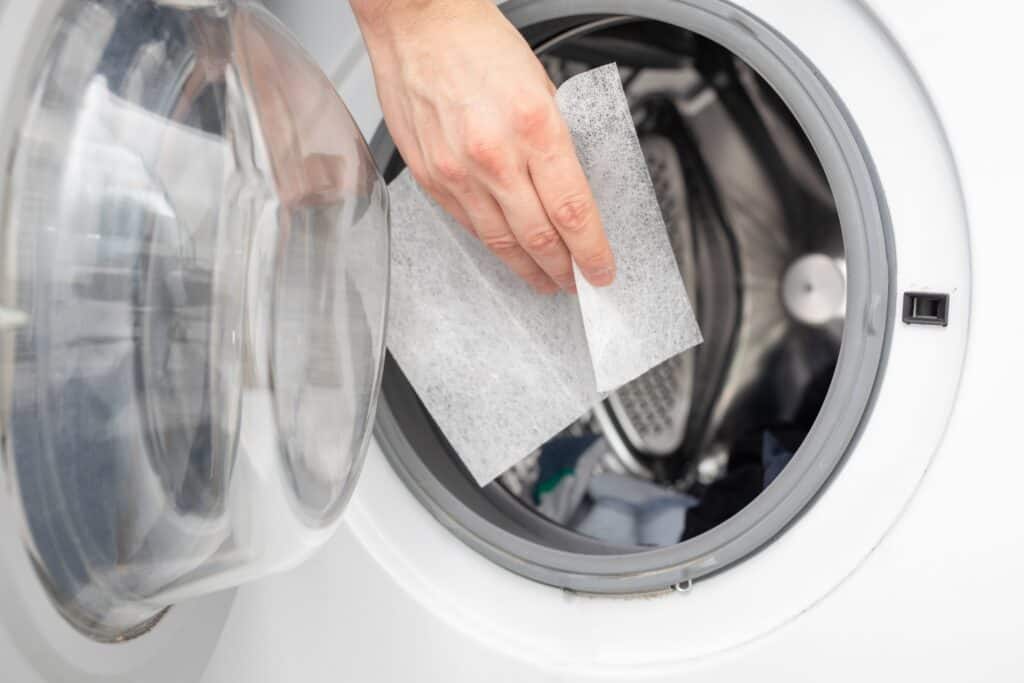
Dryer sheets are more affordable than liquid. Thanks to their portability and lightweight, you may easily transport them in your backpack while traveling or to the laundromat.
Dryer sheets can be placed in the dryer along with wet clothing.
However, they have a filmy coating that can damage your dryer’s interior, clog the filter, and leave additional lint on your clothes.
Did you know that you can use dryer sheets to keep pests like gnats away?
Dryer Balls
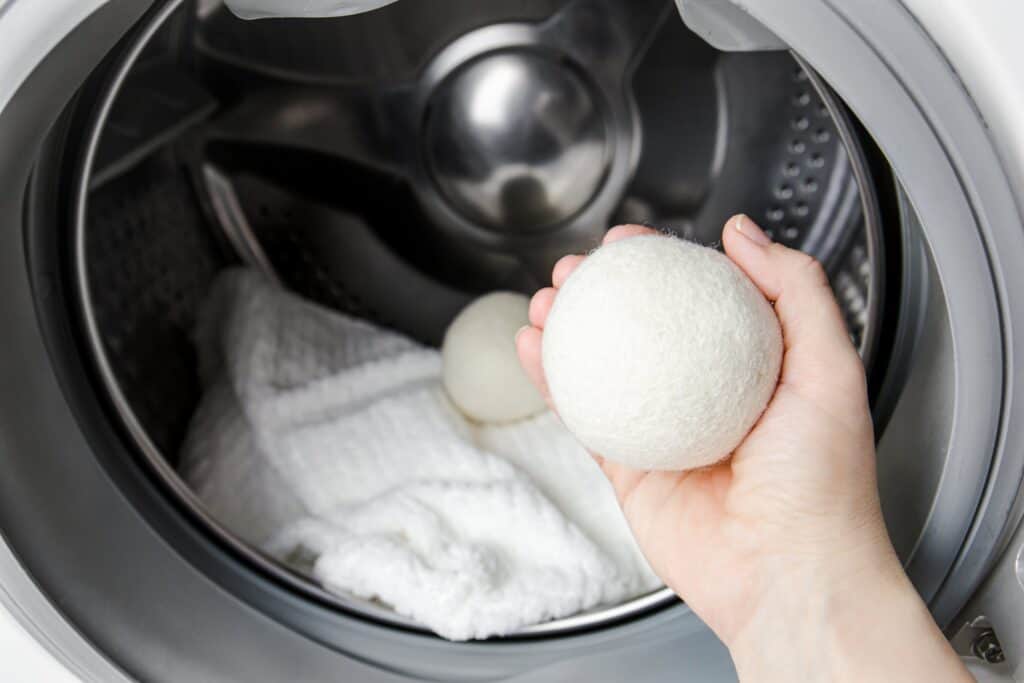
Dryer balls are the least expensive choice. Because you may reuse them, they are environmentally friendly. Typically, they are composed of heat-resistant BPA-free plastic or wool.
You could notice that your washing feels stiffer than it would with liquid fabric softener, even though they still soften your clothes rather nicely.
Your damp garments go into the tumble dryer with dryer balls.
Pros of Fabric Softener
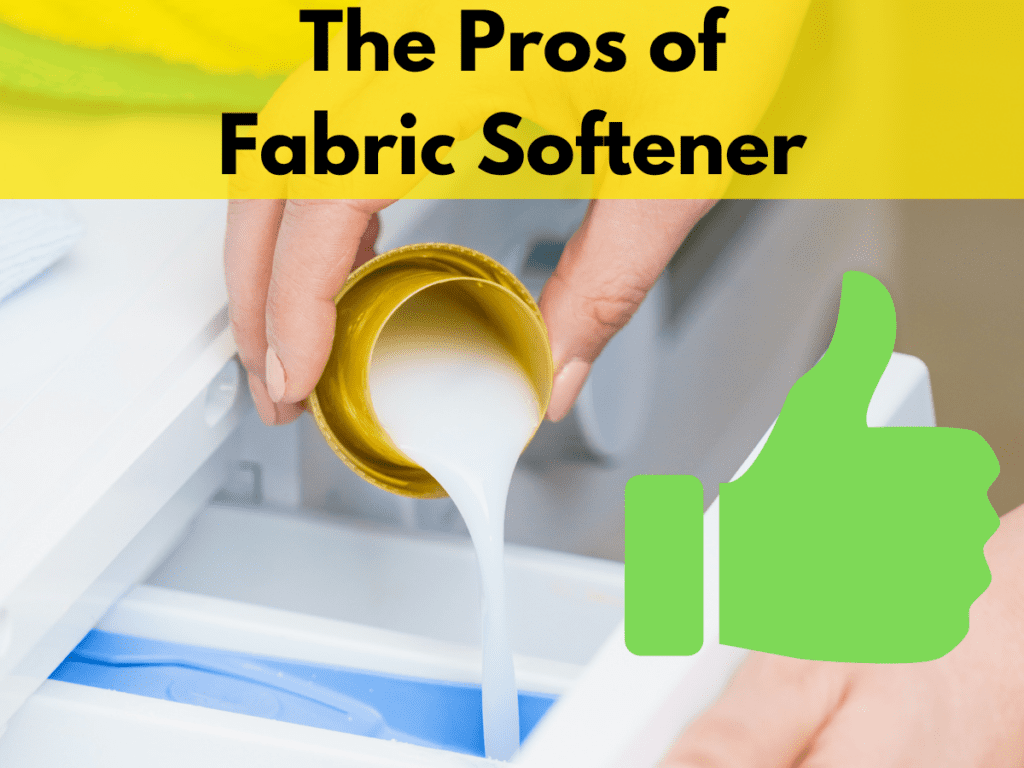
Softens Fabric
Fabric softener, as the name implies, softens the feel of clothing. You’ll see a noticeable difference between garments washed with fabric softener and clothes washed without it. The bed linens and clothing laundered with fabric softener feel softer and cozier next to your skin.
Removes Static
Dryers tumble clothes and linens, which causes them to brush against one another and generate static electricity. When pulling the clothing apart after a dry cycle, you can hear and observe minor electric responses if you listen attentively.
The imbalance of positive and negative charges that develops as the clothing brush against one another causes the static.
The fabric softener lowers static by lubricating your clothing’s fibers by reducing friction when your clothes tumble.
Locks in Colors
Many fabric softeners claim to keep clothes’ colors and brightness. In order to demonstrate this, Procter & Gamble, the company that makes Downy, went all out on a Twitter marketing campaign.
Clothes are “protected” from everyday wear and tear because fabric softener covers them by lubricating the fibers and minimizing friction during the wash cycle.
Naturally, be sure to adhere to the label’s directions. For instance, washing colors at the proper temperature will prevent natural fading.
Maintains Form
Some clothing is prone to shrinking; however, fabric softener can increase its elasticity. The best way to avoid losing the original form or fit of your clothing or linens is to follow the washing directions on the labels.
Prevents Wrinkles
Good laundry techniques, such as quickly removing items from the dryer, hanging them to dry, or folding them right away, can help you avoid creases.
You do, however, have some flexibility if you use fabric softener. The fabric is less likely to wrinkle because it is more relaxed.
Variable Scents
If you enjoy scented laundry, fabric softener adds a layer of fragrance to keep clothes smelling good after washing. There are many different scents, so you’ll probably find one you like.
Cons of Fabric Softener
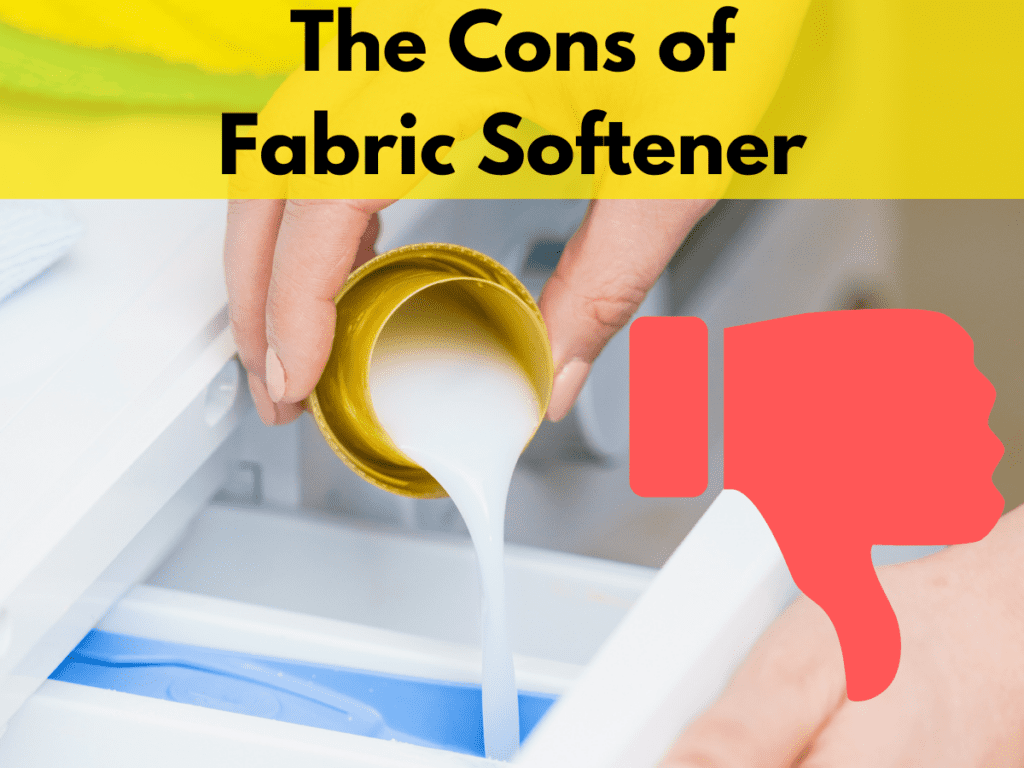
Irritating Chemicals
Chemicals and chemical compounds are used in the manufacture of several fabric softeners. While these components can extend the life and appearance of your garment, they may also have dangerous adverse effects.
Not Sustainable
If you like eco-friendly products, stay away from fabric softeners. Most fabric softener solutions are not biodegradable, and many contain petroleum-based chemicals that are bad for the environment.
Builds Up Over Time
In order to keep water from permeating your clothing during the wash cycle, fabric softener imparts a coating to fabric that accumulates over time.
Clothes and linens might not become as clean as they formerly did. Additionally, the buildup could trap odors and filth.
In addition to harming clothes, the accumulation can also impair washers and dryers, lowering their efficiency over time. It may block washing machine components, lower water pressure, or affect fabric softener dispensing.
Fabric softener can accumulate on the lint screen of dryers, lowering drying efficiency and obstructing airflow (which could lead to overheating). To prevent the accumulation, you should frequently wipe your lint screen with a little brush and mild soapy water.
Not Good for All Fabric Types
Some textiles, such as cashmere, wool, swimwear, microfiber, terry cloth, and goods filled with down or feathers, might be harmed by fabric softeners.
These materials can get flattened and lose their fluff or sheen due to the wax-like coating they can leave behind.
For instance, using fabric softeners causes microfiber towels to lose their absorbency. The coating acts as a water barrier, separating the towel from the contaminated surface.
A garment’s capacity to wick moisture away from your skin can also be diminished by fabric softener, making clothing less breathable.
Can Cause Towels to Become Less Absorbent
Finally, towels and fabric softeners don’t go well together. Fabric softener, which is frequently used, reduces the absorbency of towels, which are prized for their absorbency.
To restore fluffiness and absorbency, you might find yourself washing a towel for several cycles, which will cause it to wear out sooner.
Alternatives to Fabric Softener
Consider the alternatives if you want the advantages of fabric softener—softer garments, less fading, or less static cling—but not the drawbacks that go along with it.
These alternatives are less expensive, more sustainable, and healthier:
Wool dryer balls
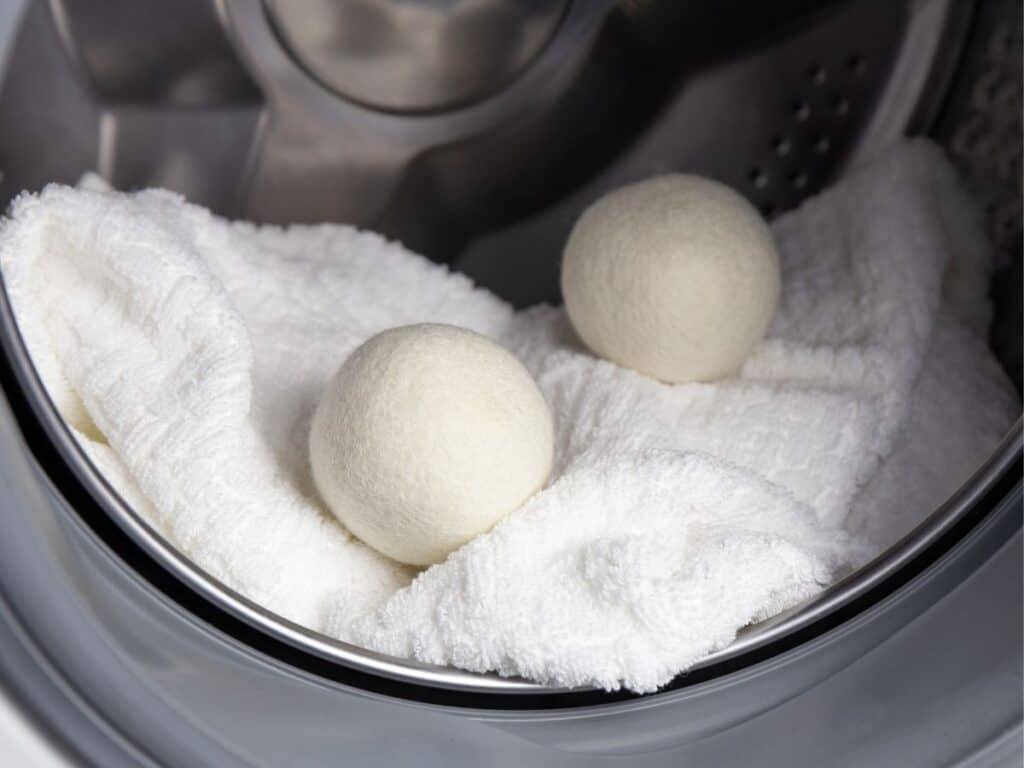
Wool dryer balls offer some advantages of fabric softener without harmful chemicals. They are inexpensive and easy to use.
The damp clothing is separated from one another as they bounce about in the dryer, speeding up the drying process and minimizing wrinkles. I conducted studies that refuted the dryer ball manufacturers’ claims that their products lessen static cling and make clothing feel softer.
They are more environmentally friendly because they are typically quiet and can be recycled up to 1,000 times. You can apply a few drops of essential oil to the balls to give them a scent.
Just remember to let them dry completely before putting them in the dryer.
Tennis balls
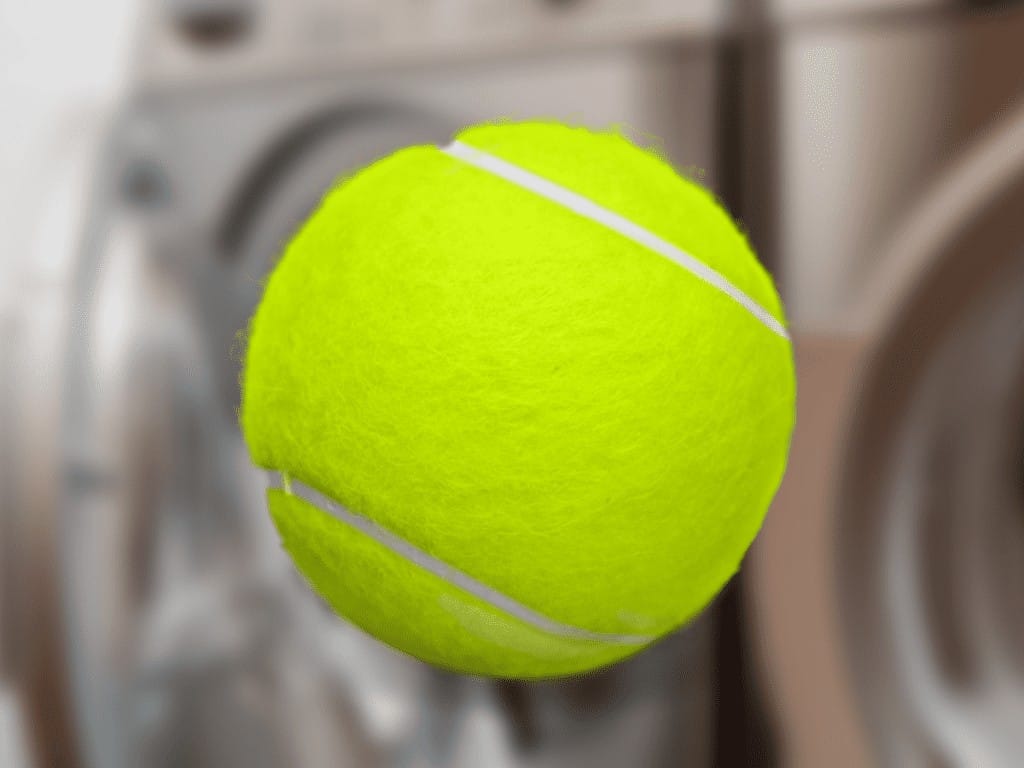
Tennis balls serve a similar purpose to wool dryer balls, except they make a lot more noise. Tennis balls should be wrapped in an old sock to absorb essential oils if you plan to use them with them.
Additionally, I advise using used tennis balls because new ones could smell bad.
Dry towel
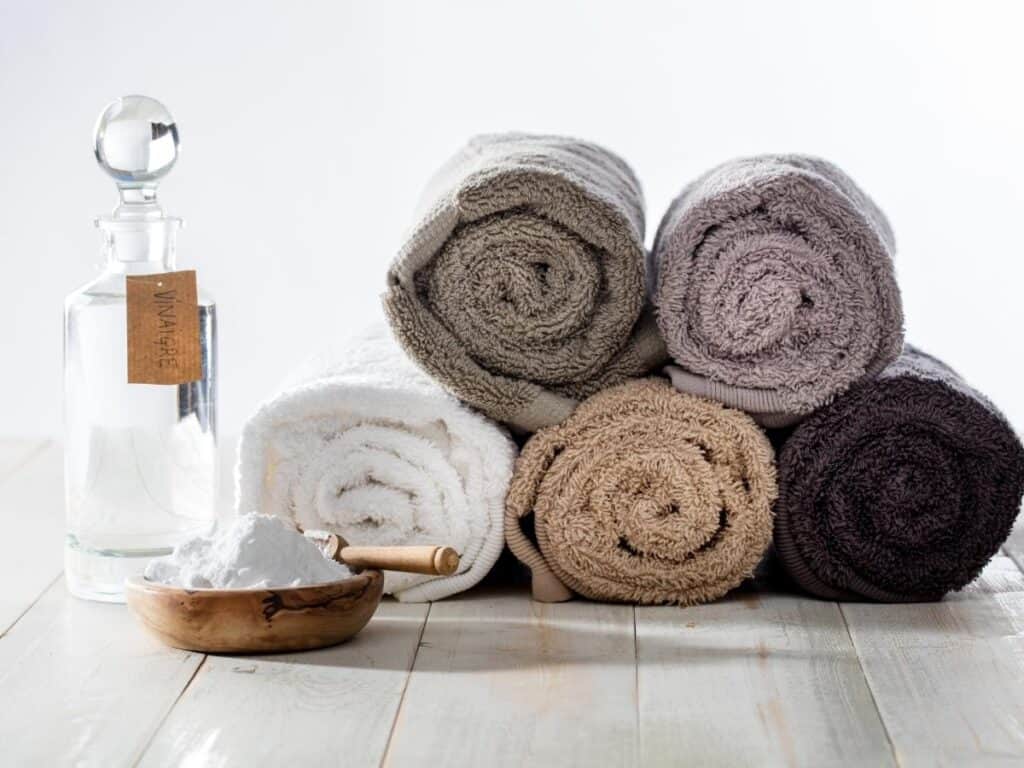
A clean, dry bath towel the size of a bath towel placed among your wet garments in the dryer will help separate the materials, lessen static, and promote quick drying.
It is not required to be in for the entire cycle. Allow it to tumble for 15 to 20 minutes with the other garments in a full load.
Baking soda
Add one-fourth to one-half cup of baking soda to warm water to soften clothes, get rid of stains, and mask odors. During the rinse cycle, add it to your washing machine.
Vinegar and essential oils
In a spray bottle, combine white vinegar with a few drops of your preferred essential oil (such as eucalyptus, lavender, or ylang-ylang). As you put your clothes in the dryer, spritz them. The aromatic oils will give your laundry a pleasant scent, while the vinegar helps to remove static.
Fabric Softener FAQs
Can I use fabric softener on sheets?
Yes! Sheets and bedding get a luscious finish when fabric softener is used, which is ideal for sleeping. Although we like to use one of the substitutes, we adore adding this to our linens!
This isn’t the best option for people who sweat a lot at night because conventional fabric softeners can decrease absorbability. Use distilled white vinegar or a handmade wool ball as an alternative.
Should I use fabric softener on towels?
Fabric softener liquid. Dryer sheets include oils that, like fabric softeners, can coat towel fibers and reduce their absorbency. Therefore, avoid using them to dry your towels. Instead, roll aluminum foil into three-inch balls and place them in the dryer with your towels.
How often should you use fabric softener?
Although putting fabric softener on towels is generally acceptable, doing so after numerous washings may make the towels less absorbent. It is advised against consistently using fabric softener when washing towels. Use it instead for one load and omit it for the next.
Can I use fabric softener on jeans?
We advise omitting the fabric softener when wearing raw denim or stretch denim. The jeans’ natural fabric may deteriorate and won’t last as long.
It is acceptable to add liquid fabric softener to a hot wash when washing denim that has been pre-washed, pre-stressed, or stonewashed. However, a wool ball or tennis ball can provide relief without harming your jeans.
Can I use fabric softener on baby clothes?
No. Babies’ skin is incredibly delicate. Fabric softener is known to be loaded with artificial smells; therefore, you should always use unscented detergent.
Additionally, liquid fabric softener can make your baby’s clothing less efficient at containing flames, creating a safety danger. Wool dryer balls produced at home are a great substitute.
Can I use fabric softener on workout clothes?
No. A liquid fabric softener can decrease your training clothes’ ability to wick and absorb moisture. Therefore, do not use dryer sheets or fabric softener on certain clothing items.
Any of the fabric softeners we offer as alternatives will work well. We advise using distilled white vinegar because it also helps to get rid of perspiration odors.
Next, you can check out my list of 13 laundry detergent alternatives.

I’m an expert wardrobe organizer and a bit of a clean freak. I created this website and its YouTube channel to share practical guides about laundry and organizing. My teachings have been featured in multiple large news publications, and I’ve self-published two wardrobe organizing books and an entire course on the subject.
